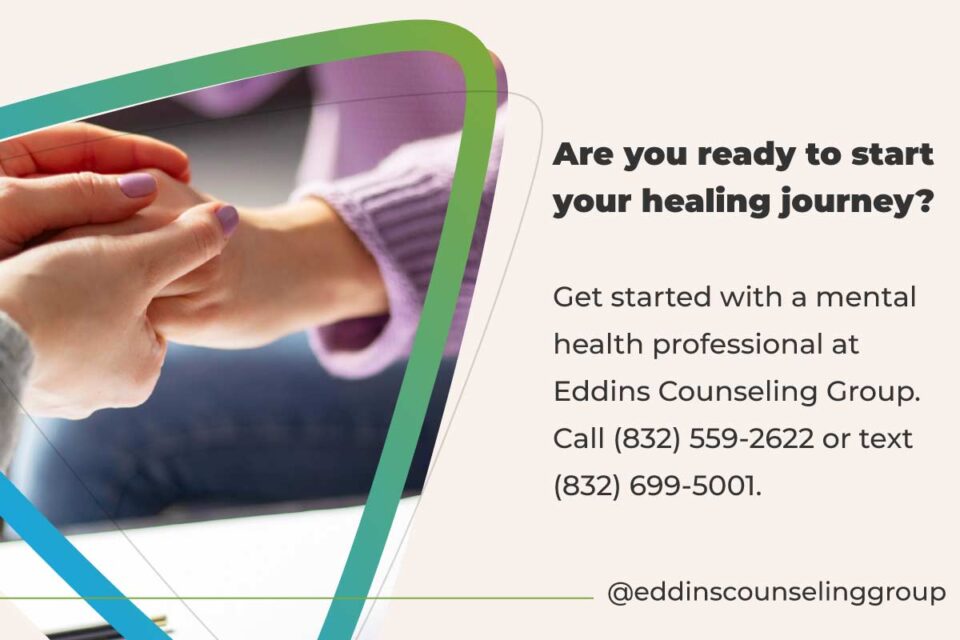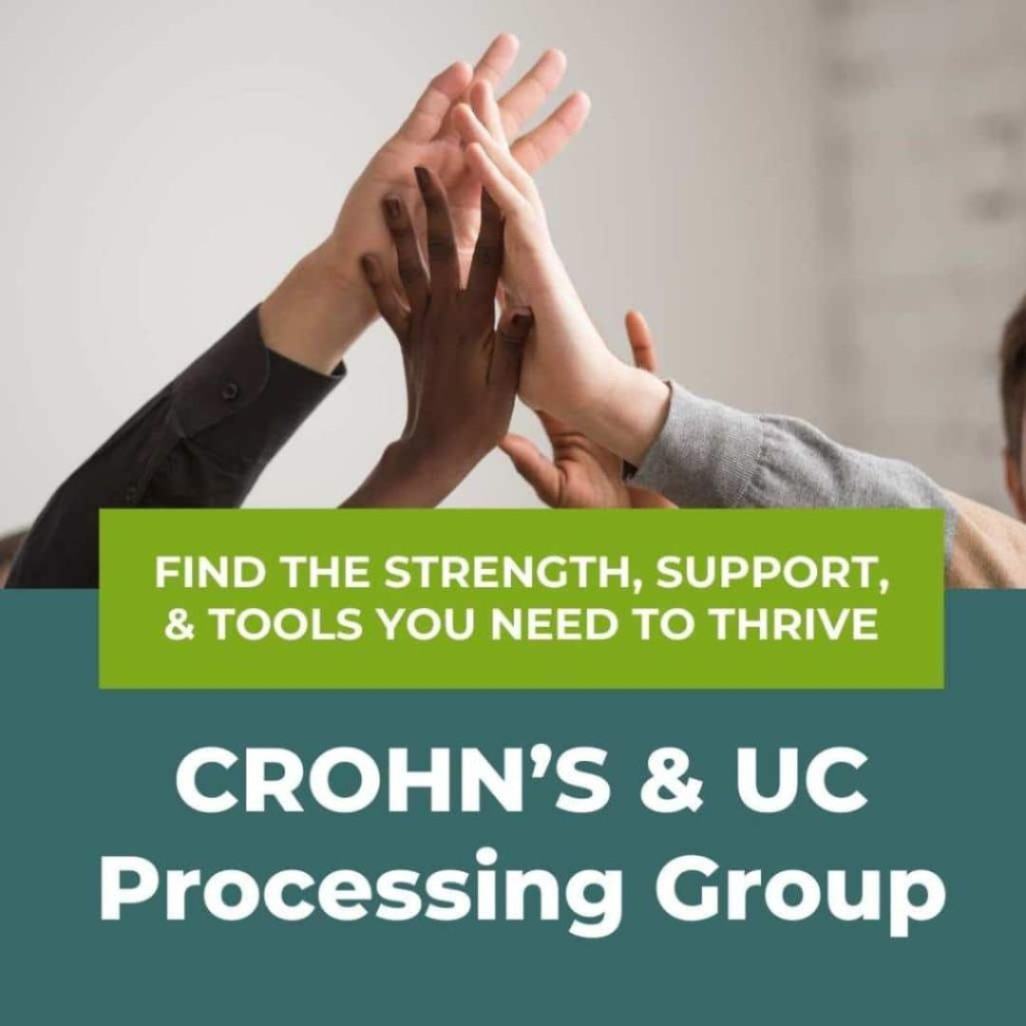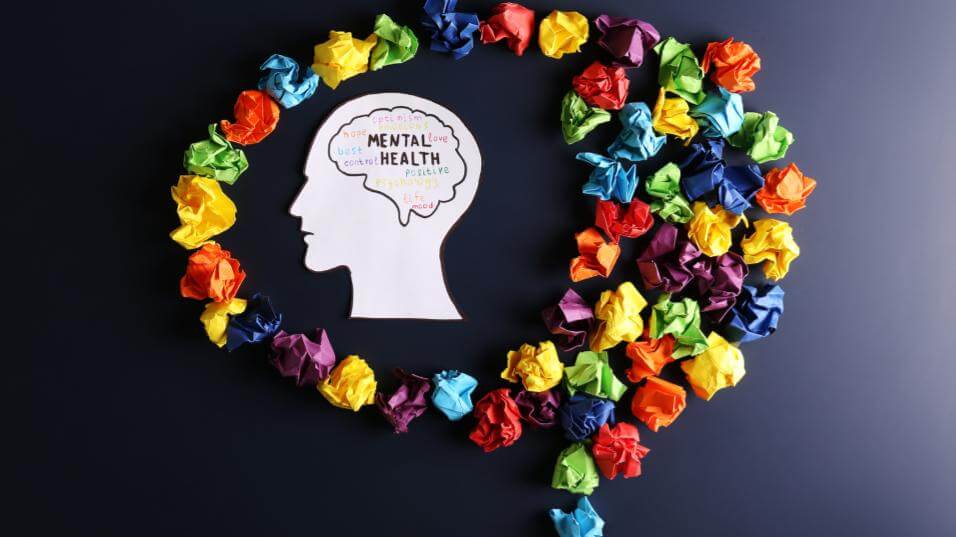April 3, 2023
How To Heal From Emotional Abuse: The Ultimate Guide To Recovery [Update 2023]
Written by Sara Lane
Posted in Emotional & Mental Health and with tags: abuse, complex trauma, emotional trauma, heal from trauma

Emotional abuse can have a devastating impact on a person’s mental health and well-being. It often leaves individuals feeling powerless, alone, and struggling to move forward.
Healing from emotional abuse can be a difficult and complex process, but it is possible.
In this guide, we will explore how to heal from emotional abuse, rebuild self-esteem, and reclaim one’s sense of self-worth. By learning how to identify and address the emotional scars left by abuse, survivors can begin to heal and move towards a happier and healthier future.
What is Emotional Abuse?
Emotional abuse is a form of abuse that is often overlooked or dismissed. Unlike physical abuse, emotional abuse does not leave visible scars, but it can have profound and lasting effects on people.
This type of abuse can occur in any relationship, including romantic relationships, family relationships, and professional relationships.
The standard emotional abuse definition is abuse that involves the use of words, actions, or inactions to control, manipulate, or harm another person. Here are some examples of emotional abuse:
- Verbal abuse: Verbal abuse is when someone uses words to harm another person. This typically includes things like include name-calling, insults, threats, and constant criticism.
- Gaslighting: Gaslighting is a form of emotional abuse where an abuser manipulates the victim into doubting their own perceptions and reality. Gaslighting can involve denying the victim’s experiences or feelings, or insisting that their memories are false.
- Isolation: Emotional abusers may try to isolate their victims from friends, family, and other sources of support. They may discourage the victim from spending time with others, or even physically prevent them from leaving the house or attending social events.
- Withholding affection: Abusers often withhold affection, praise, and attention as a way of controlling their victims. This can make the victim feel unworthy of love and attention, leaving them feeling isolated and alone.
- Financial abuse: Financial abuse describes the use of money and resources to control or manipulate another person. For example, an abuser might withhold money, control access to bank accounts, and preventing the victim from working or earning their own income.
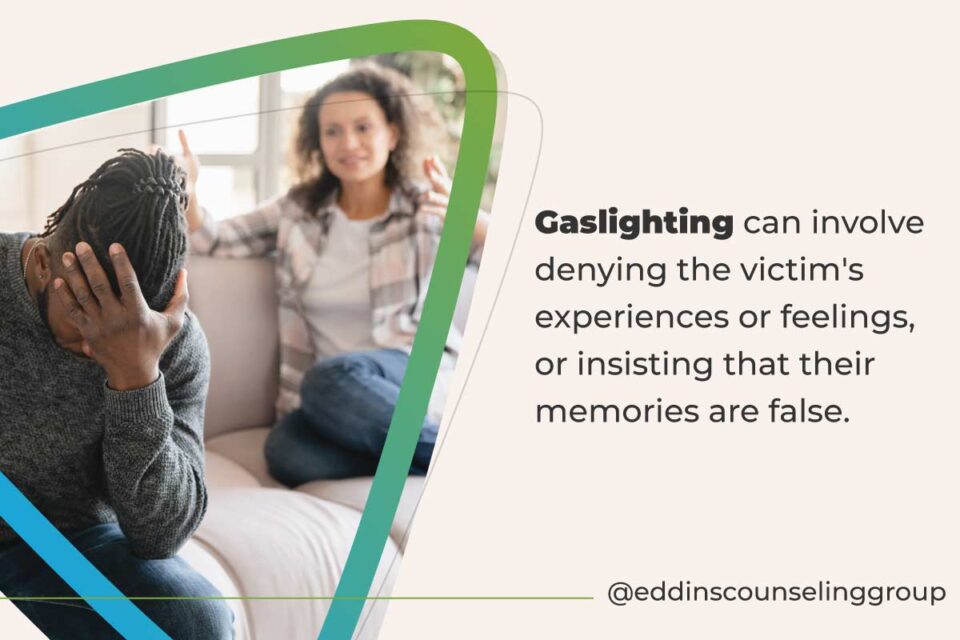
How Does Emotional Abuse Differ From Other Types of Abuse?
While emotional abuse may occur in conjunction with other forms of abuse, it is important to understand how it differs from other types of abuse in order to recognize the signs.
The effects of emotional abuse can be severe, and may be worsened by delaying seeking help.
Physical abuse involves the use of physical force to control or harm another person. It includes:
- hitting,
- punching,
- kicking, and
- other forms of physical violence.
Physical abuse typically leaves visible injuries and may also result in long-term physical health effects. Unlike physical abuse, emotional abuse does not involve physical violence.
Instead, an emotional abuser uses words and other “silent” actions to inflict harm on their victim.
Sexual abuse involves:
- any unwanted sexual contact or behavior, including
- rape,
- sexual assault, and
- sexual coercion.
It can have profound and lasting effects on survivors, including physical health problems, mental health issues, and difficulty forming healthy relationships.
While emotional abuse often goes hand-in-hand with sexual abuse, the former doesn’t have to involve sexual behavior or contact.
Emotional abuse can be particularly insidious because it is subtle and isn’t always immediately apparent. One of the key differences between emotional abuse and other forms of abuse is that emotional abuse can be difficult to recognize and understand.
Survivors of emotional abuse may not realize that they are being abused, or may minimize the severity of the abuse. This can make it difficult for them to seek help and support.
Understanding the Cycle of Emotional Abuse
The cycle of emotional abuse typically begins with the abuser gaining control and power over the victim. This can happen in many ways, such as through manipulation, coercion, or threats.
Once the abuser has gained control, they may begin to engage in behaviors that are emotionally abusive.
Over time, the victim may begin to feel trapped in the relationship and unable to escape. They may feel as though they have lost their sense of self and begin to doubt their own worth and value.
The abuser may continue to use manipulation and control to keep the victim in the relationship, even if they are unhappy or want to leave.
At some point, the cycle of emotional abuse may escalate, leading to a crisis point. This might involve a particularly severe incident of emotional abuse, or the victim attempting to leave the relationship. At this point, the abuser may become violent or engage in other dangerous behaviors, such as stalking or harassment.
After the crisis point, the cycle of emotional abuse may begin again, with the abuser regaining control and power over the victim. This cycle can be difficult to break, and victims of emotional abuse may find it challenging to leave the relationship or seek help.
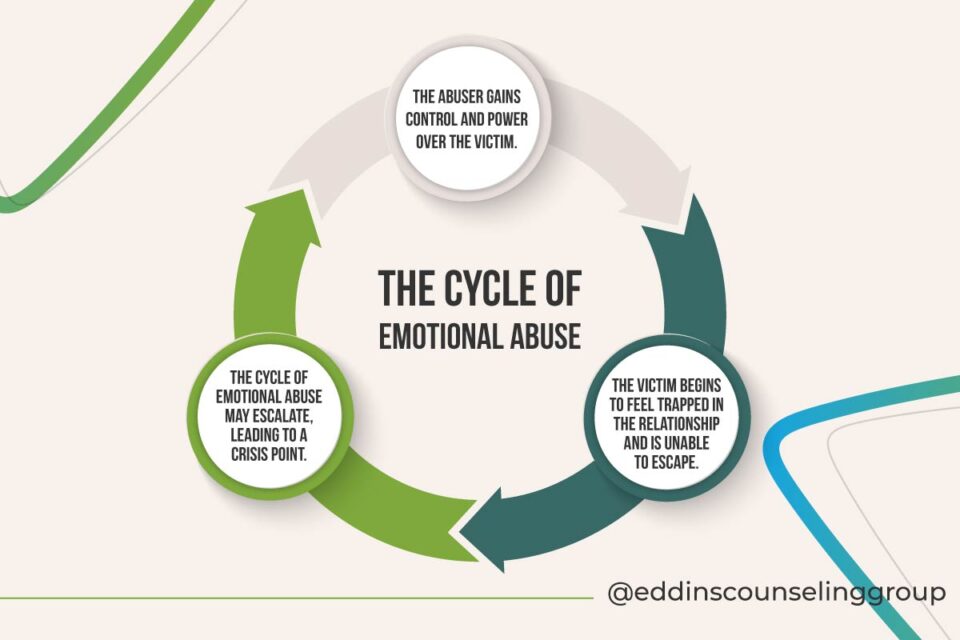
How to Recognize the Signs of Emotional Abuse
If you suspect that you or someone you know is experiencing emotional abuse, it’s important to seek help. However, in order to do that, it’s important to first understand how to spot the warning signs of abuse. These include:
Criticism and Belittling
Emotional abusers frequently criticize their victims for their appearance, behavior, or choices, or may belittle them in front of others. They may also use insults or name-calling as a way of controlling and manipulating their victims. Be aware of those that seem to constantly be putting down the people around them.
Isolation
Isolating their victims from friends, family, and other sources of support is a common tactic of abusers. By making victims more dependent on them, abusers can exercise greater control over them. An abuser might discourage the victim from spending time with others, or may use threats or intimidation to prevent them from leaving a romantic relationship.
Threats and Intimidation
Often, emotional abusers use threats and intimidation as a way of controlling their victims. They may threaten to harm the victim or someone they love, or use fear to control the victim’s behavior. For example, the abuser might threaten to harm themselves if the victim leaves, or expose embarrassing information about the victim if they don’t comply with their demands.
Blaming and Shaming
In many cases, emotional abusers blame victims for their own abusive behavior. For instance, they might tell the victim that they deserve to be treated badly, or that their behavior is the reason for the abuse. They may also shame the victim for their thoughts, feelings, or actions.
Extreme Mood Swings
Emotional abusers tend to experience extreme mood swings, going from charming and loving one moment to angry and controlling the next. This can be confusing for the victim, who may feel like they are walking on eggshells and never know what to expect.
If you notice that someone around you is acting erratically, especially if their behavior involves cruelty to others, it may be a sign that emotional abuse is going on.

Timeline For Recovering From Emotional Abuse
While healing from emotional abuse is far from a straightforward process, it is essential to the long-term recovery and wellbeing of the victim.
By learning how to heal from emotional abuse, victims can take the first step in reclaiming their lives and moving towards a better future.
Here’s what to know about recovering from emotional abuse:
So how long does it take to heal from emotional abuse? The amount of time it takes to recover from emotional abuse depends on a number of factors, and healing doesn’t necessarily occur linearly. So much comes down to the individual’s readiness to heal.
It may take some time for a person to acknowledge that they have been emotionally abused, and some may not recognize it at all. Once they are aware of the abuse, they may need to work through feelings of denial, anger, and sadness before they can begin the healing process.
The extent and severity of the emotional abuse can also impact the healing process. If the abuse has been ongoing for a long time, it may take more time to heal from the damage it has caused. Additionally, if the abuse was accompanied by physical or sexual abuse, it may take longer to heal, and therapy may be necessary.
Having a support system can also impact the healing process. If the individual has supportive friends, family, or a therapist, they may be able to work through the healing process more effectively. However, if they lack support, it may take longer to heal, and they may need to seek out support groups or other resources.
Lastly, personal resilience plays a crucial role in how long it takes to heal from emotional abuse. Some individuals may have a more difficult time overcoming the trauma and may require more time to heal. Others may have more natural resilience and be able to move on more quickly.
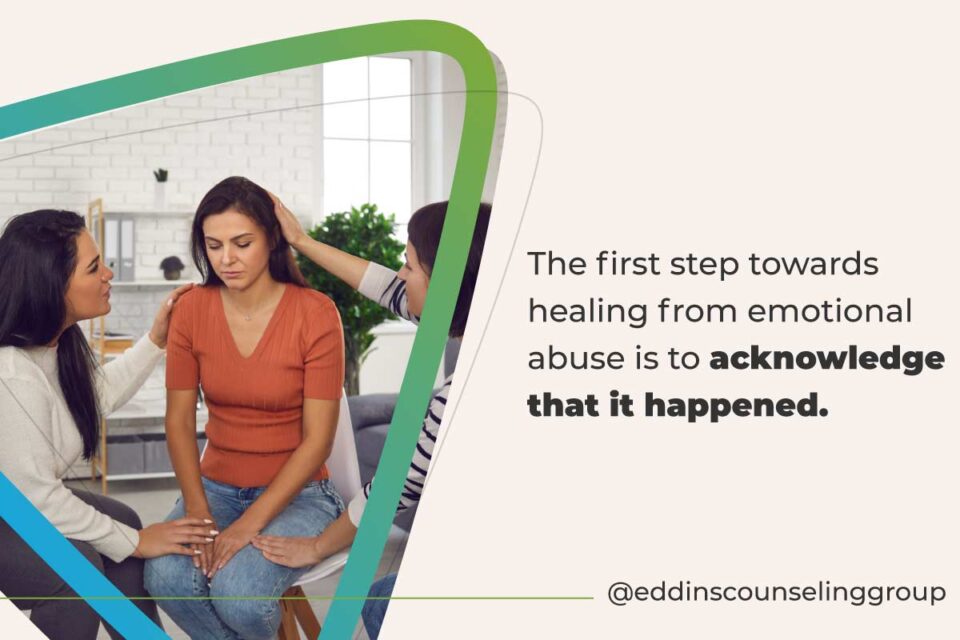
10 Steps to Heal From Emotional Abuse
When a person is ready to begin healing from the abuse they experienced, there are a number of key steps they can take to help make the process as productive as possible. Here’s a step-by-step look at how one can begin to heal from emotional abuse.
1. Acknowledge the Issue
The first step towards healing from emotional abuse is to acknowledge that it happened. This can be difficult, especially if you have been in denial or if the abuse was subtle.
It’s important to recognize that emotional abuse can be just as damaging as physical abuse and leave long-lasting mental scars.
2. Seek Support
Having a support system can be critical in healing from emotional abuse. Reach out to a trusted friend, family member, or seek the help of a therapist.
Talking about your experiences and feelings with someone who listens and validates your emotions can be incredibly healing.
3. Practice Self-Care
Self-care is a key component of healing from emotional abuse. Take time to care for yourself physically, mentally, and emotionally. Be sure to:
- get enough sleep,
- eat a balanced diet,
- engage in regular exercise, and
- practice relaxation techniques like meditation or yoga.
Do things that bring you joy and make you feel good.
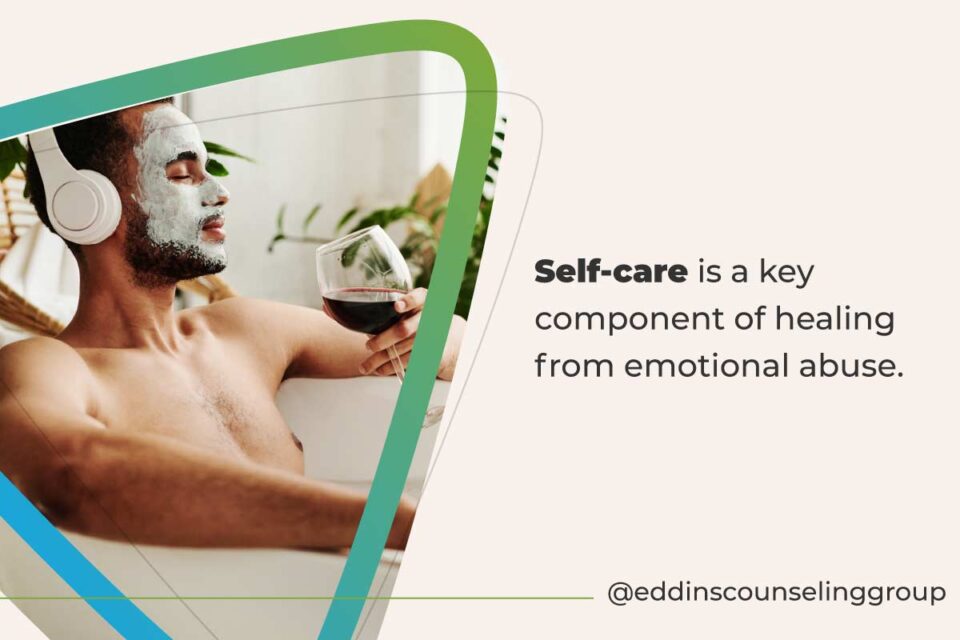
4. Identify Triggers
Emotional abuse can create triggers that cause intense emotions or memories. It’s important to identify these triggers to avoid being re-traumatized. Pay attention to your thoughts, emotions, and physical sensations when triggered, and take note of what triggers you. Once you identify your triggers, you can determine how to cope with them.
5. Develop Coping Skills
Developing coping skills is crucial to healing from emotional abuse. These are tools and techniques that help you manage difficult emotions and situations and can include deep breathing exercises, visualization techniques, journaling, and therapy.
6. Practice Self-Compassion
Self-compassion involves treating yourself with kindness and understanding, especially during challenging times. Treat yourself the way you would treat a good friend who is going through a difficult time.

7. Set Boundaries
Setting boundaries means setting limits and saying no to things that don’t align with your values, needs, or desires.
For example, you might say no to activities that involve your abuser, or that would put you in a situation where you may be re-victimized.This can help rebuild a sense of control and self-respect.
8. Process Emotions
Emotional abuse can create intense emotions such as anger, fear, and sadness. It’s important to process these emotions and not suppress them.
Engaging in activities such as therapy, journaling, or talking to a trusted friend can help you get through them in a healthy way.
9. Forgive, But Don’t Forget
Forgiveness is a personal decision, and it’s not necessary to forgive the abuser to heal from emotional abuse. However, forgiveness can be a part of the healing process for some individuals.
This often involves letting go of anger and resentment towards the abuser, but it does not mean forgetting the abuse or excusing the abuser’s behavior.
10. Focus on the Present
Focusing on the present is important when healing from emotional abuse. Live in the moment, refrain from dwelling too much on the past, and avoid worrying about the future.
Mindfulness techniques, such as meditation or deep breathing, can help you put your focus on the present moment.
Your Healing Journey
By following these steps, you can start your healing journey and work towards getting into a healthier headspace. By doing so, you can move on with your life in an easier, healthier way.
To get started with a Houston, Montrose, or Sugar Land mental health professional at Eddins Counseling Group, call (832) 559-2622 or text (832) 699-5001.
Grounding & Self Soothing
Get instant access to your free ebook.
Why You Feel This Way
Get instant access to your free ebook.

